
DCS; Industrial control system
Product
Article
NameDescriptionContent
NEW CENTER
Current Location:
Industrial Automation Equipment: Reshaping Manufacturing's Future
From:
|
Author:huang
|
Time :2024-11-08
|
246 Browse:
|
Share:
Finally, automation is facilitating the integration of different manufacturing stages. For instance, in a smart factory, machines can communicate with each other and coordinate their activities, resulting in a seamless production flow. This not only improves efficiency but also reduces waste and errors.
(二)Increasing Competitiveness
The adoption of intelligent automation gives manufacturers a significant competitive edge. One way is by reducing production costs. As mentioned earlier, automation reduces labor costs and minimizes waste, leading to lower overall production costs. According to a study by IHS, companies that adopt industrial automation equipment can reduce their production costs by up to 20%.
Another advantage is improved product quality. Intelligent automation ensures consistent quality, reducing the number of defective products and improving customer satisfaction. This can lead to increased market share and brand reputation.
Moreover, intelligent automation enables faster time to market. With automated production processes, manufacturers can respond quickly to changes in market demand and bring new products to market faster than their competitors. This is crucial in today's fast-paced business environment.
(三)Driving Industry Innovation
Industrial automation equipment is also spurring innovation in the manufacturing sector. For example, the development of advanced robotics and artificial intelligence is enabling new manufacturing processes and products. Robots with greater flexibility and intelligence can perform more complex tasks, opening up new possibilities for product design and manufacturing.
In addition, automation is driving the development of new materials and manufacturing techniques. For instance, 3D printing is made possible by advanced automation technology and is revolutionizing the way products are designed and manufactured.
Furthermore, automation is promoting the integration of different technologies, such as the Internet of Things (IoT) and big data analytics. This allows manufacturers to collect and analyze vast amounts of data from their production processes, leading to more informed decision-making and continuous improvement.
四、Future Prospects and Challenges
(一)Potential for Further Growth
The future of industrial automation equipment in manufacturing holds tremendous potential. As technology continues to advance, we can expect even more sophisticated automation solutions. For instance, the integration of artificial intelligence and machine learning will enable automation equipment to learn and adapt on its own, further enhancing efficiency and productivity. Predictive maintenance systems powered by AI will be able to detect potential equipment failures before they occur, minimizing downtime and reducing maintenance costs. According to a report by MarketsandMarkets, the industrial automation market is expected to reach $326.1 billion by 2027, growing at a CAGR of 9.6% from 2022 to 2027.
The expansion of the Internet of Things (IoT) will also drive the growth of industrial automation. IoT-enabled devices can collect and transmit real-time data from the production floor, allowing for more informed decision-making and process optimization. This will lead to smarter factories that are highly efficient and responsive to market demands.
(二)Challenges and Solutions
Despite the many benefits, implementing industrial automation also comes with challenges. One of the main challenges is the high initial investment cost. Industrial automation equipment can be expensive, especially for small and medium-sized enterprises. However, there are solutions to this problem. For example, companies can consider leasing or renting automation equipment instead of purchasing it outright. This can reduce the upfront cost and make automation more accessible.
Another challenge is the need for skilled workers to operate and maintain the automation equipment. As automation becomes more widespread, there will be a growing demand for workers with skills in areas such as robotics, programming, and data analytics. To address this, educational institutions and training providers need to offer relevant courses and training programs to prepare the workforce for the future.
Additionally, there is a concern about job displacement due to automation. While automation will eliminate some jobs, it will also create new ones in areas such as programming, maintenance, and data analysis. Moreover, automation will free up workers to focus on more creative and strategic tasks, leading to the growth of higher-skilled jobs.
(三)Conclusion
In conclusion, industrial automation equipment is playing a crucial role in reshaping the manufacturing landscape. It offers numerous benefits such as enhanced efficiency, improved quality control, and flexible production. While there are challenges in implementing industrial automation, there are also solutions to overcome these challenges. As technology continues to advance, we can expect industrial automation to become even more intelligent and widespread, driving innovation and competitiveness in the manufacturing sector. Looking ahead, industrial automation equipment will continue to transform manufacturing and pave the way for a more sustainable and prosperous future.

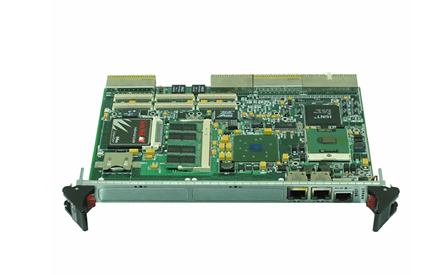
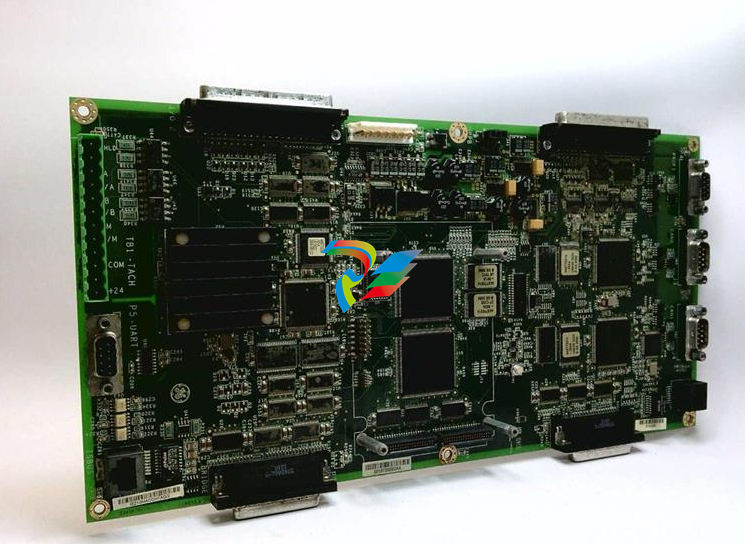


.jpg)

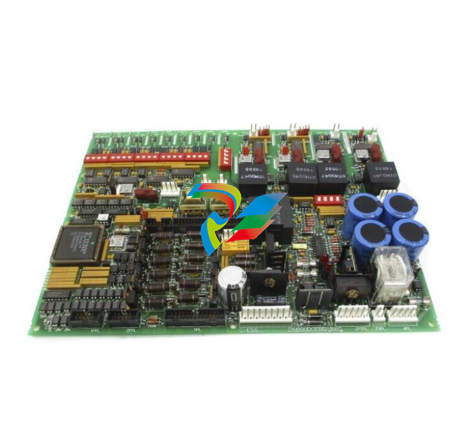

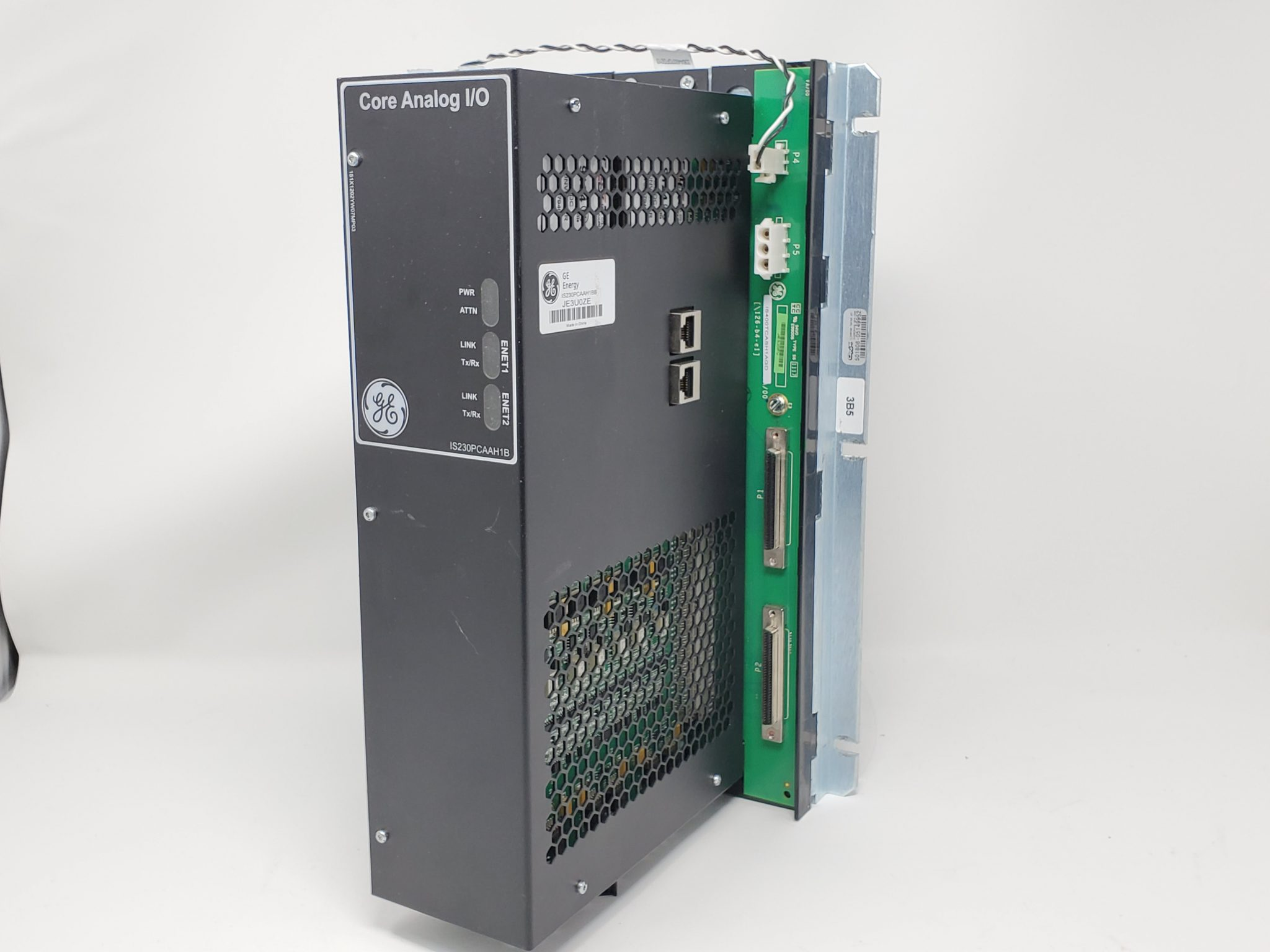

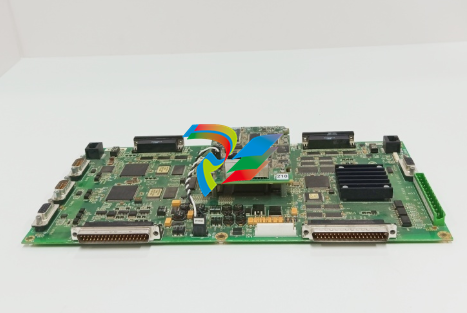
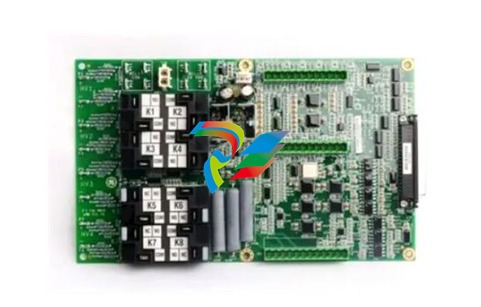
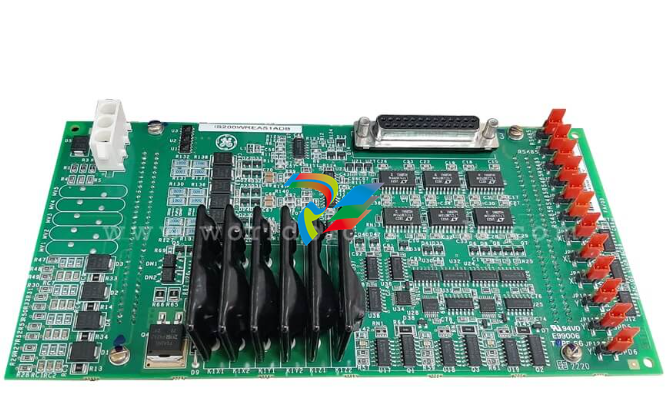
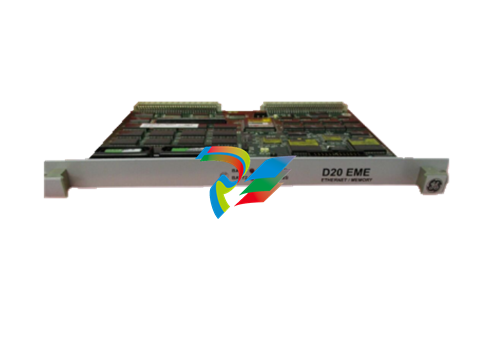
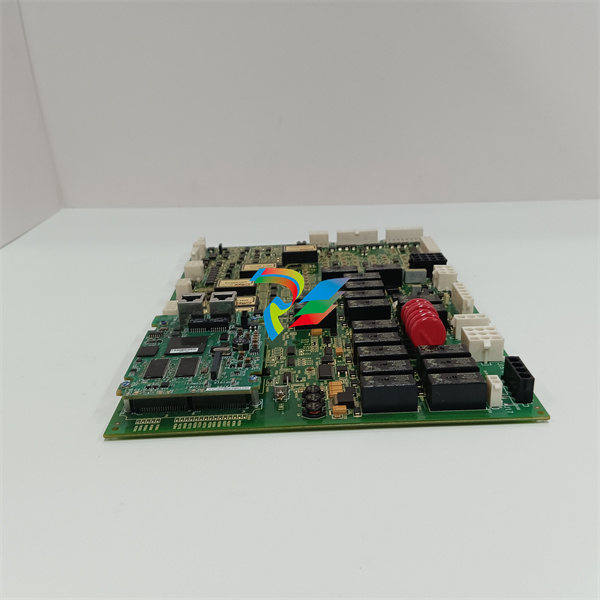
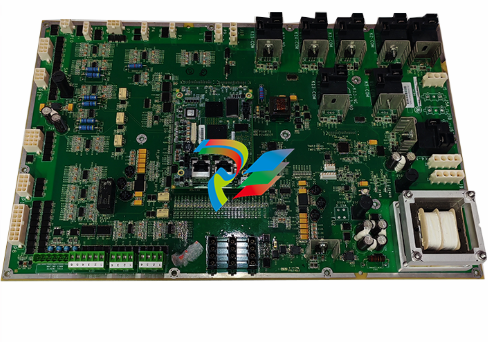
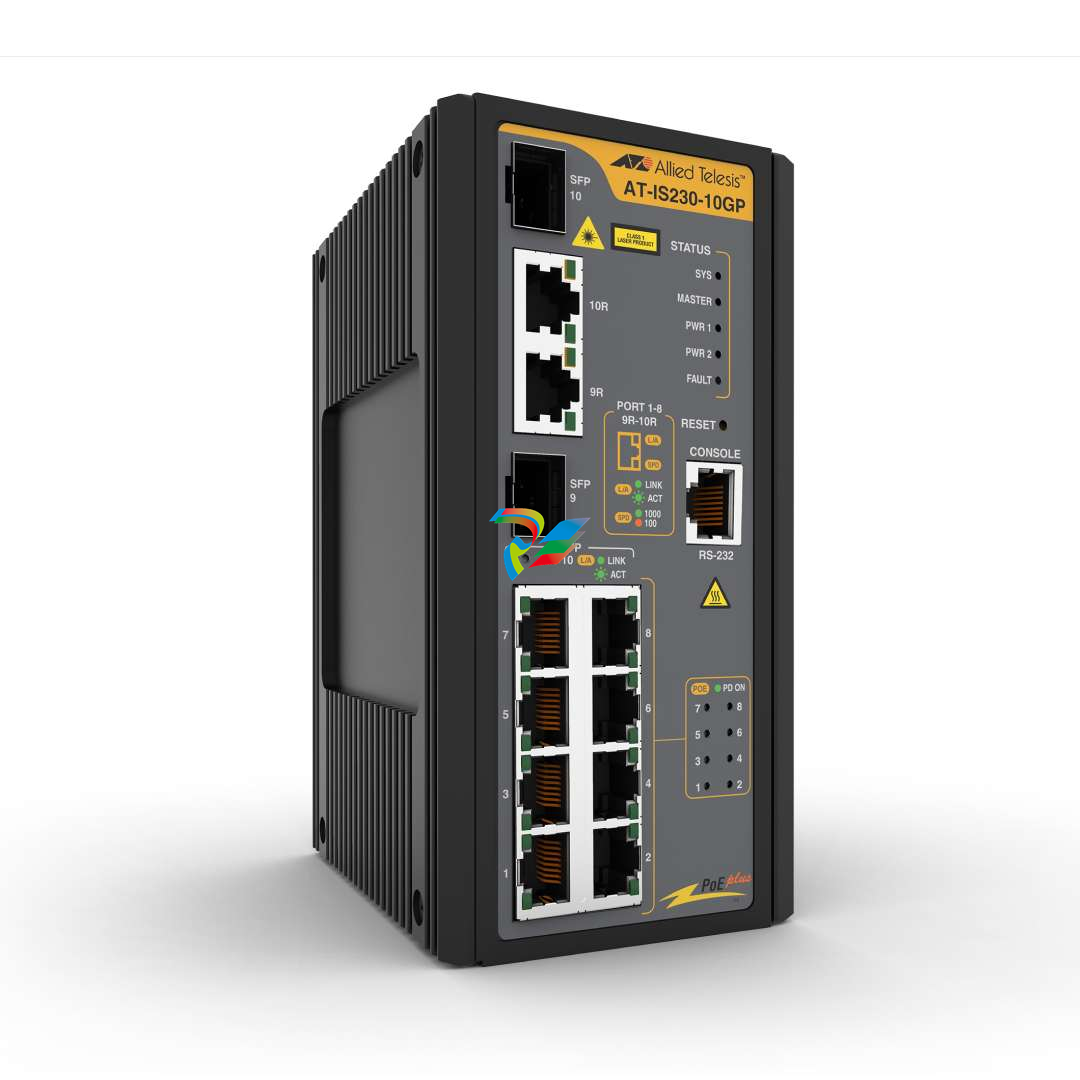
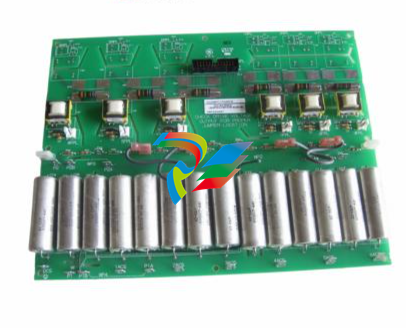

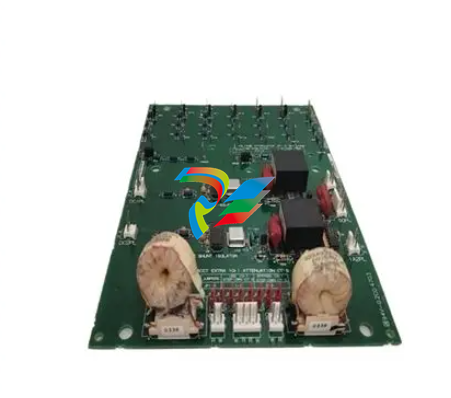

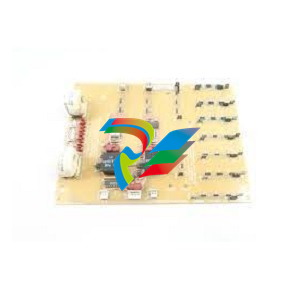

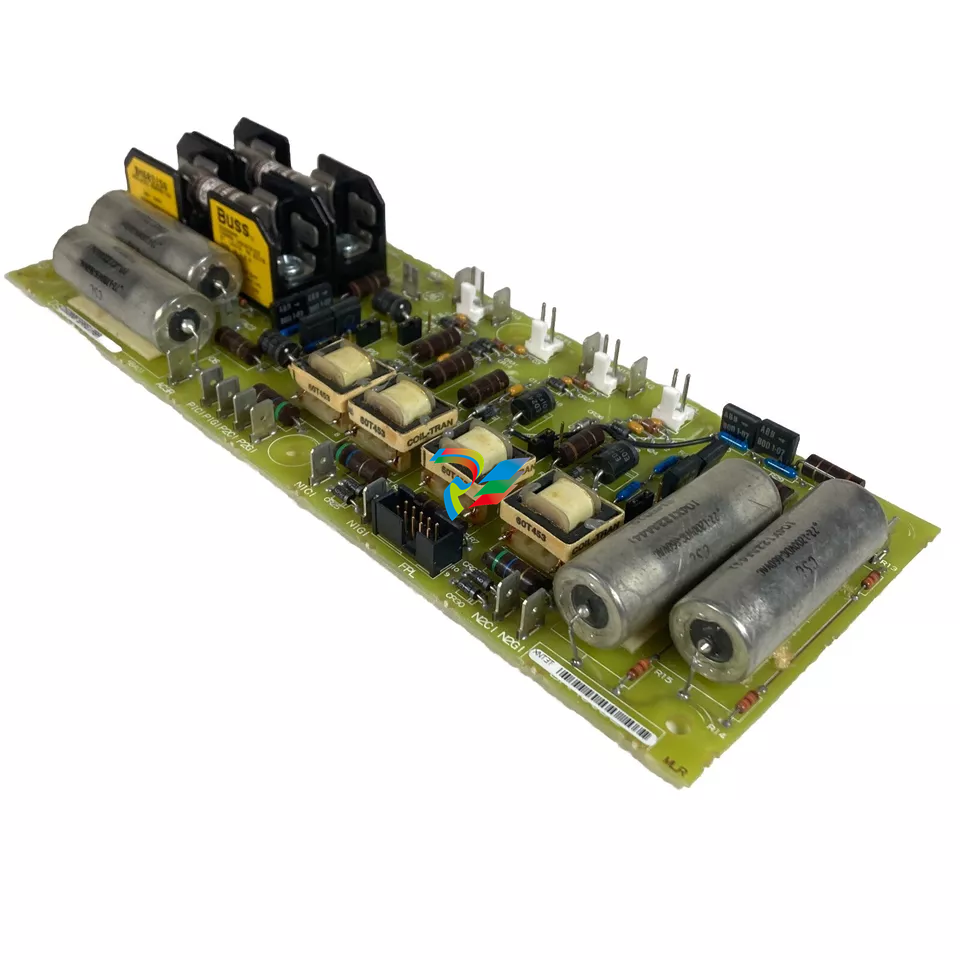
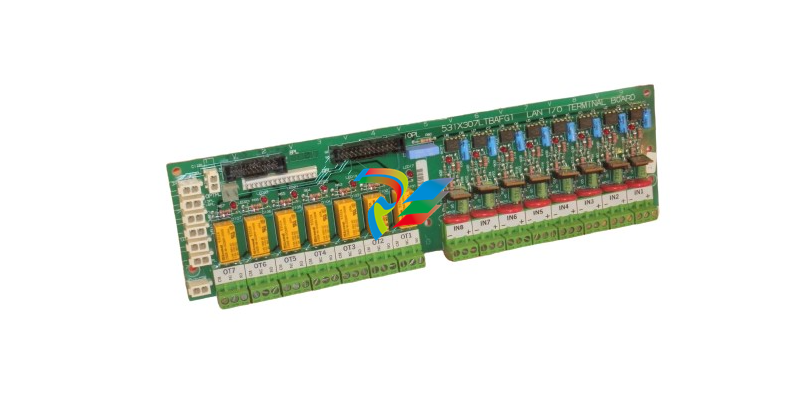



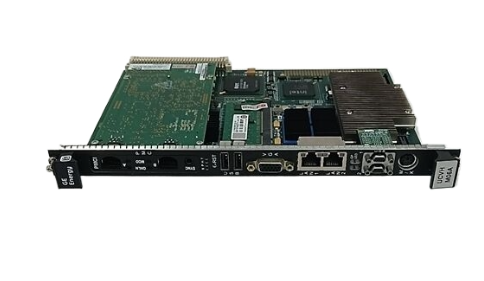
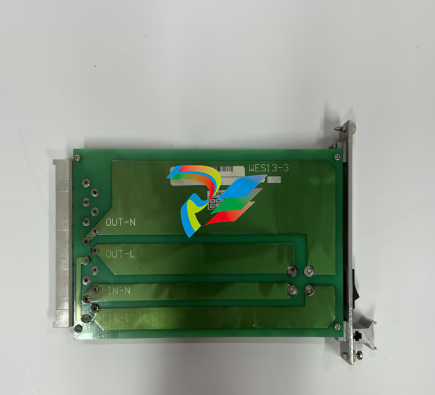

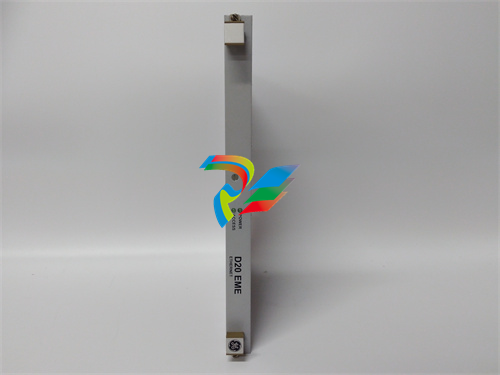
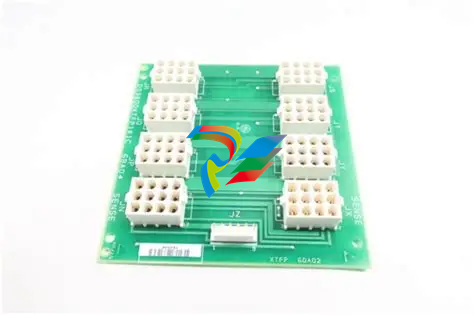






































.jpg)
.jpg)





.jpg)



.png)
.jpg)

.jpg)
_lVjBYb.jpg)

.jpg)
.jpg)



.jpg)
.jpg)







.jpg)

.jpg)
.jpg)






